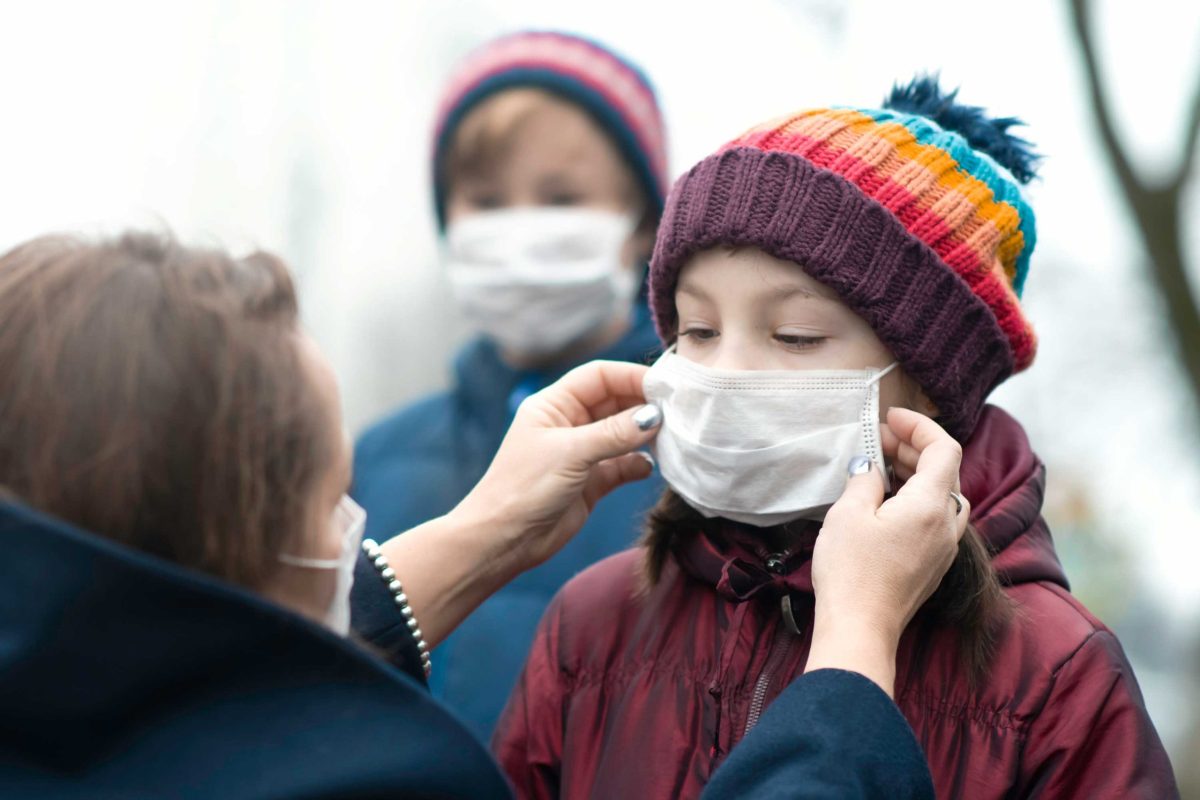As part of public-health strategies to keep children safe, the Centers for Disease Control and Prevention (CDC) recommends that K–12 schools with prevention strategies strictly in place be allowed to keep their doors open and to continue in-person instruction. The CDC also encourages parents to vaccinate children aged 12 and older.
Symptoms to Look Out for in Kids
Children infected with coronavirus—such as COVID-19—can develop symptoms such as a fever, cough, runny nose, muscle aches, or vomiting. In some cases, children can develop multisystem inflammatory syndrome in children (MIS-C), a condition that can develop into a serious illness.
Are Kids More Likely to Spread the Virus?
Young children do not appear to spread coronavirus easily. This view may be changing as the virus has mutated to become more transmissible. A report in the Journal of the American Medical Association Pediatrics suggests that children under 5 may host as much as 100 times the amount of virus carried by adults.
Promote Good Hygiene Habits Among Children
CDC recommendations include providing a separate, small health facility where students can change into their protective equipment and wash their hands before returning to class. Parents should also check their children’s temperatures every morning and look for other signs of illness like sore throats.

